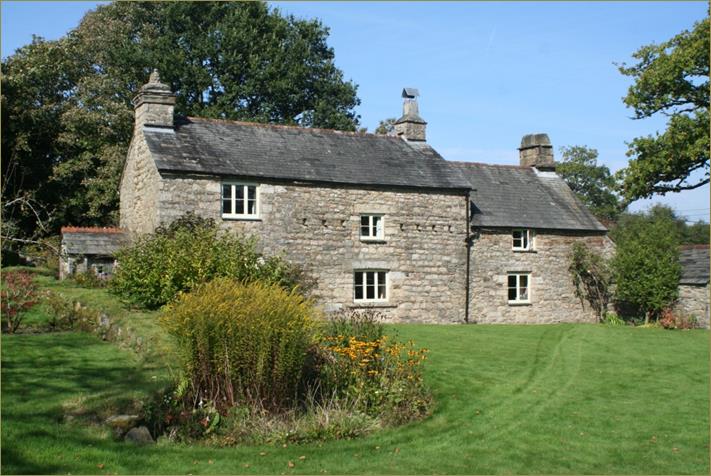|
This is the longhouse at Stonaford. Documentary evidence dating back to 1304 places two longhouses at Tresellern, where there are the remains of a mediaeval settlement, and at Stonaford. The Stonaford house was restored in 1995 and during the restoration an excavation by Martin Rosevear and the Cornwall Archaeology Society. This revealed traces of a 14th century longhouse including ceramics from a drain and copper alloy coins and buttons.
Five principal phases of the property were identified. The excavation revealed evidence of an architectural features including a deep central drain, a trodden natural floor, which had the occasional reinforcing of ragstone, cut into which were a large number of post and stake holes which were identified as representing mangers along one side of the building. There was no evidence of tethering posts. The second phase is indicated by the presence of upper crucks embedded in the front wall of the building. In the 17th century there was a great rebuild whereupon the property was developed to one more typical of the times with gabled chimneys and a prominent storied porch; an upper floor was also added and the roof structure consisted of arched collars and unpierced straight principals. The fourth phase was shortlived with major alterations made in the 18th century. The fifth and final phase is presumed to be 19th century with slate floors laid throughout the building and a porch and modern doorway were created.
|



